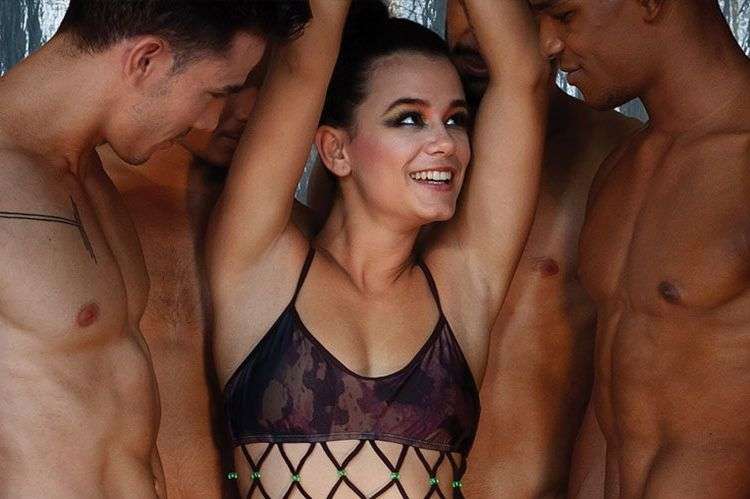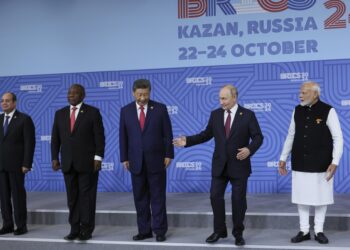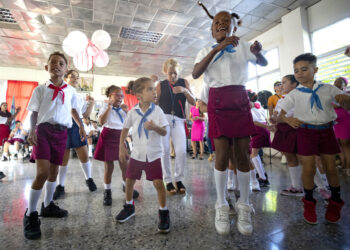By: Deydri Delgado Avila
“Dance was born with the beat and rhythm-in the man, with the first beat of the heart; is as old as man himself “[1]. It seems that this phrase by prima ballerina Alicia Alonso marks, from the first minutes, the work Showroom of the Danza Abierta Company, which is presented these days as part of Habanarte Festival. This creation was part of the shows of the new headquarters of El ciervo encantado Theatre located on 18th Street between the 9th and 11, Vedado neighborhood.
The aforementioned dance group, founded by Marianela Boan and currently directed by Guido Gali, has earned the appreciation of national and foreign public with pieces like Chorus Perpetuus, What to Expect When You’re Expecting and Malson. The reposition last weekend of Showroom, by Susana Pous, was no exception. The work recycles and honors the Cuban cabaret show; this attitude of choreographer probing roots in traditional Cuban music had already been expressed in an earlier reinterpretation of the son.
The title of the work recently retaken [2] announces the bipolarity that will mark the staging. Show acts concomitantly with the visible, the grounds, the public, the tinsel, the din. On the other hand, room designates the intimate, booked it, personally. The border between the two virtual spaces is marked by a moving backdrop that rotates or moves at the convenience of the plot. The lighting and costumes accentuate the binomial: the strident opposition to the lights dim; glitter, sequin and ethereal flights contrasting with mimicry of some half-naked bodies. The music brings to the central idea of the function. This, as usual in the company, was in charge of X Alfonso, who fused fragments of his known repertoire with Cuban popular music, electro acoustic sounds and all the melody that can bring meaning and richness to the work.
Showroom presents the self-referentiality typical of postmodern art, a discourse from the middle on dance as such. The choreography makes use of narrative to talk about showbiz, representing core aspects such as jealousy, envy and professional competitiveness, employment obsession, the stereotype homosexuality of male dancers and promiscuity in the arts sector. Also runs on discipline and perseverance involved in the trade. Also questions about the boundary between mechanical and acrobatic movements during automated testing, and intensity, expressiveness and fluidity of dance. The hustle and efforts made in the racks so that everything goes to the stage, good and time is also shown. Also refers to the artist giving the best of himself to the public, despite its existential and personal affairs.
One of the scenes of the work that stands out for its organic, group coordination and strength: the deconstruction of the role of different parts of the body in the act of dancing. Thus the importance of each fraction and, at the same time, work together is illustrated. The execution of this idea required a high technical level of the dancers, having to emphasize the expressive and technical portions of the morphology at the expense of other potential. Furthermore, the interpretation of the artists demanded mastery of pantomime and synchrony among them, because at times two group members come together to represent a single dancer.
Although the transition and metamorphosis undergone by the artist through the curtain to emphasize the text, implicitly expresses the dancer never stops being himself on stage, nor totally abandoned his art after borders. His life is marked by the duality of the showroom.










